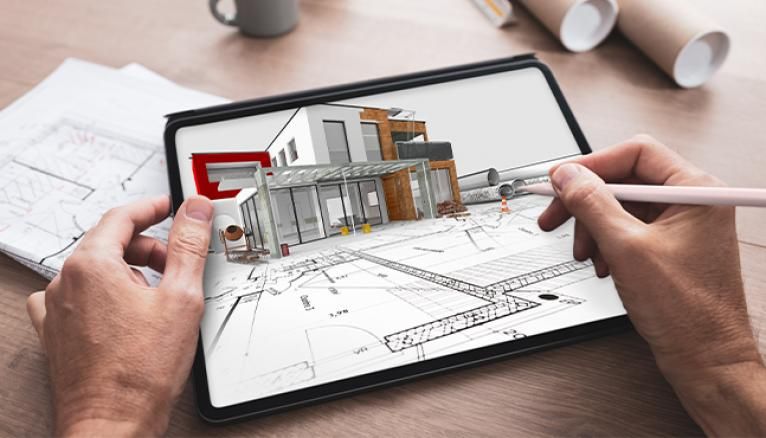Harmonizing architecture and land planning is a key factor in the successful execution of any development project. Both disciplines play crucial roles in shaping the functionality, aesthetic appeal, and sustainability of a project, making it imperative to integrate them seamlessly. When these elements are carefully aligned, they not only enhance the overall vision of a space but also ensure that the project meets both environmental and social needs, thereby maximizing long-term success. Architectural design focuses on creating structures that are visually pleasing, functional, and suited to the specific needs of the occupants. This includes considering aspects such as the building’s size, materials, layout, and how it complements its surroundings. On the other hand, land planning addresses the broader context, dealing with how the land is used, the placement of various elements, transportation access, and how natural features such as terrain, water bodies, and vegetation can be incorporated or preserved. When both these disciplines are brought together, they can enhance each other, resulting in a project that is both beautiful and efficient, while also being sensitive to environmental concerns.

Effective land planning provides the foundation for good architectural design. The natural topography and environmental conditions of the site can greatly influence decisions regarding building orientation, materials, and energy-efficient features. For instance, understanding wind patterns and sunlight exposure can help optimize the design for passive heating or cooling, reducing the need for artificial energy consumption. Furthermore, integrating green spaces, water management systems, and sustainable materials into the land plan can help in reducing the carbon footprint and improving the ecosystem around the development. From a practical standpoint, a harmonious relationship between architecture and land planning leads to better connectivity and flow within a development and address here to get more info. This is particularly important in urban areas, where the arrangement of buildings, roads, parks, and public spaces must be optimized to ensure smooth movement and accessibility. Thoughtful integration of land planning elements such as pedestrian paths, public transportation options, and green corridors can make a community more livable and connected, reducing reliance on private vehicles and fostering a sense of cohesion among residents.
Additionally, integrating both disciplines at the outset of a project ensures that zoning laws, building codes, and community needs are addressed early in the process. It helps avoid conflicts between architectural vision and practical constraints, such as setbacks, height restrictions, or infrastructure requirements. When land planners and architects collaborate from the beginning, they can devise solutions that meet regulatory requirements while still achieving the project’s aesthetic and functional goals. The success of a project ultimately hinges on how well it serves its users. A harmonious blend of architecture and land planning leads to a development that not only meets the immediate needs of its inhabitants but also considers future growth and sustainability. Projects that prioritize both disciplines tend to attract more investment, gain community support, and foster a higher quality of life for their occupants. In a world increasingly concerned with environmental sustainability and urban livability, this integrated approach is crucial for the creation of spaces that are both beautiful and practical, enduring and dynamic.
